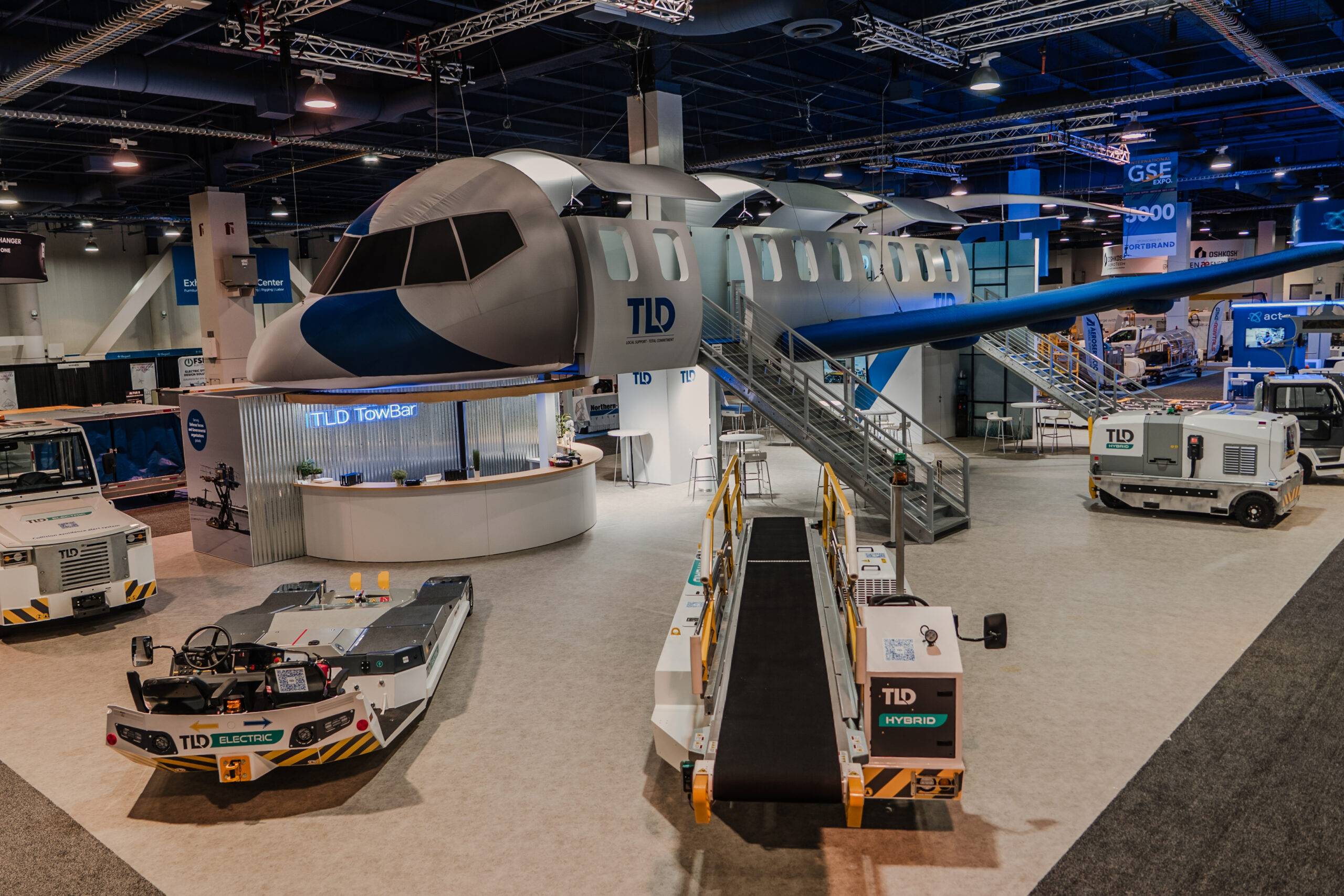A trade show is not a social event—it is a business tool. Every moment on the floor should contribute to measurable outcomes that strengthen your marketing strategy for the year ahead. The key to trade show success is prioritizing the right shows, optimizing your booth, and gathering insights that drive growth.

Prioritize the Right Shows
Focus your budget and energy where it matters most:
- Select one or two key trade shows instead of many smaller events.
- Reduce staff to streamline efforts and cut costs.
- Negotiate concessions with associations if attendance drops.
Focus on Value, Not Flash
Skip the gimmicks and highlight what makes your products reliable and valuable.
- Emphasize durability, safety, and performance.
- Introduce new products that solve current customer needs.
- Position your brand around superior price performance.
Maximize Major Shows
Instead of spreading thin at regional events, consolidate resources at larger shows.
- Schedule client meetings in advance to save on future travel.
- Downsize your booth or secure discounts to manage costs.
- Feature one or two core products, add a lounge area, and create a private meeting space.
Design Booths for Engagement
Trade show success depends on clarity and focus:
- Use video screens or live demos to capture attention.
- Ensure staff are trained to engage quickly and effectively.
- Keep design consistent with your brand identity.
Use Trade Shows for Research
Your booth is also a listening post. Encourage sales, service, R&D, and leadership staff to:
- Reconnect with clients and prospects.
- Run quick focus groups.
- Track customer reactions and habits, especially during shifts in the market.
As Absolute Exhibits has seen across industries, exhibitors who listen and adapt to insights gained at shows often outpace competitors and capture market share.
Checklist: Keys to Trade Show Success
- Focus on fewer, higher-value shows
- Negotiate concessions and discounts
- Showcase value-driven products
- Build spaces for meetings and engagement
- Use shows for direct customer research



